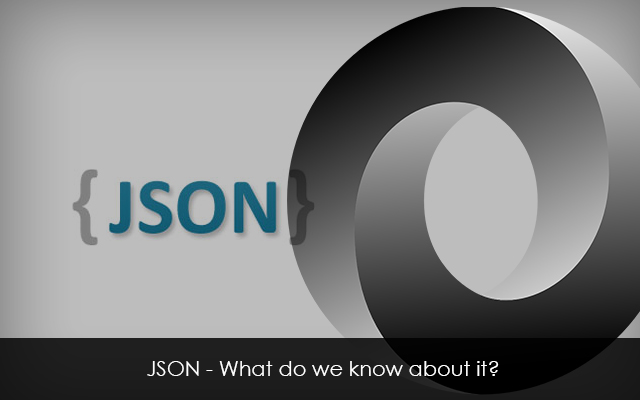JSON, or Java Script Object Notation, JSON can be defined as a data interchanging format that is lightweight and is easily readable as well. Besides, it is also easy for machines to generate as well as parse JSON. It is based on JavaScript object notation. Therefore, does not need JavaScript to read or write as it comes up in a text format, which is independent of the language.

JSON comes up with the following fundamental elements:
1) Objects: – These start as well as end with braces ({})
2) Object Members: – They consist of values along with strings, which are separated from each other by a colon (:). Members, however, are separated by commas.
3) Arrays: They start as well as end with braces. Each of them contains a certain value, which are separated from each other by commas.
4) Values: Values can be strings, numbers, objects, an array, or literals like true, false, or null.
5) Strings: They are surrounded by double quotes and also come up with Unicode characters as well as common backslash escapes.
So, to put things simply, JSON can be defined as a way in which information can be stored in a streamlined and organized manner so that they can be accessed effortlessly if and when required. In short, Java Script Object Notation facilitates collection of human-readable data that can be accessed in a logical manner.
The salient features of JSON:
Clean Data: The last few years have seen a meteoric rise of Object Oriented Programming in terms of popularity, and a lot of words have already been written describing the benefit of these object oriented programming languages (OOPS). When it comes to using JSON objects, it clearly means that you are able to maintain a strict and standardized structure of the data you are using. The application that receives JSON data knows all the technical nitty-gritty of expectations and way of receiving and utilizing the data. This is very much different from HTML in terms of ways of using. Having an established structure in place will also help the developers in providing various sound and comprehensive cross browser solutions. These solutions are really effective when it comes to various tablets or mobile devices.
Efficiency: In case you are using AJAX for populating any HTML list, you can have an idea about the structure of the HTML structure. While JSON objects are used, it is possible to construct as well as clone the HTML list on the client side. In that case, the only thing that needs to done is changing the information from the server side to the client side. With the development of fast internet connectivity, this optimization makes a huge difference in the usability as well as performance of the web applications.
Scalability: In case the code on the server side is yielding output any standard data format, it becomes much easier to expand or change the application. Re-usability is an extremely important factor, and with all the code on the service code yielding single data structure, it indicates that whatever code is written, it is possible to plug it anywhere it is required.
For example, if the server side code comes up with an HTML list instead of Java Script Object Notation objects. That means, if anyone is looking forward to display the data in an HTML table, it is imperative to re-write the code on the server side as well as on the client side. On the other hand, if the data comes up in the form of structured JSON, all that is needed to be done is changing the way the data will get printed on the screen.
Moreover, JSON is mainly used by a number of languages when there is any need to change the server side language whatever the reason may be. It will be a rather easy transition, mainly because of the standardized structure of JSON, which remains the same across various languages. This would help you leverage the benefits of JavaScript development.
We provide JavaScript application development services. If you would like to hire JavaScript programmers from us, we would be glad to assist you at Mindfire Solutions.

/image%2F1058540%2F20140523%2Fob_9762b0_profile-pic.jpg)